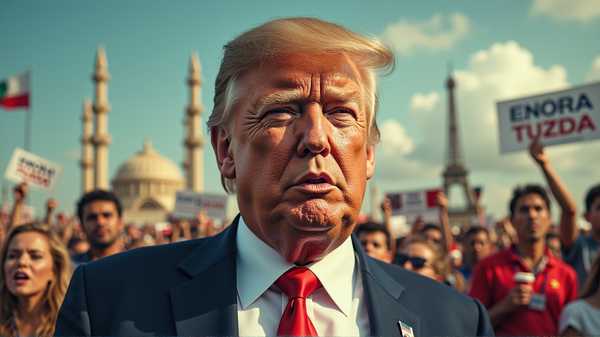Breaking the Chains: How the Americas are Combating Fentanyl Trafficking
Explore the complex battle against fentanyl trafficking and transnational criminal organizations in the Americas, with strategies and insights from Vanda Felbab-Brown.

Introduction: A Looming Crisis
In an era marked by globalization, transnational criminal organizations (TCOs) pose ever-evolving challenges. As highlighted by Vanda Felbab-Brown in her testimony before the Senate Committee on Foreign Relations on “Dismantling Transnational Criminal Organizations in the Americas,” these groups are formidable adversaries, intricately woven into the fabric of both legal and illegal economies. The trafficking of fentanyl—a lethal synthetic drug—increasingly embodies this dire threat.
Expanding Horizons of Criminal Empires
Organized crime’s reach has never been more international. Not only do Mexican cartels like the Sinaloa Cartel and Cartel de Jalisco Nueva Generación dominate drug trafficking across the Americas, but they also extend their tentacles into Europe, Africa, and Asia. Their growing presence in legal economies, such as fisheries and mining, amplifies their political influence, posing existential threats to state sovereignty.
Diversification: Beyond Drugs
The diversification of criminal activities presents additional complexity in combating TCOs. From poaching and wildlife trafficking to control over legal businesses, criminal groups like the Primeiro Comando da Capital in Brazil wield enormous economic and political power. This trend necessitates law enforcement strategies that go beyond drug trafficking, targeting the expansive operations of these groups.
The Synthetic Challenge
The synthetic drug revolution, spotlighted by rising fentanyl overdoses in North America, marks a new, formidable frontier in public health and law enforcement efforts. As criminal groups harness cheap precursor chemicals for widespread drug production, cooperation between nations becomes indispensable. The collaboration between China and the U.S. in countering fentanyl showcases a cautious, yet vital alliance in this struggle.
Policy Recommendations: A Multifaceted Approach
Combatting these far-reaching threats necessitates more than just high-value targeting of group leaders. Felbab-Brown recommends targeting the middle operational layers of TCOs, emphasizing robust law enforcement and judicial strategies. Moreover, a focus on corruption reduction, independent oversight, and sustainable socioeconomic policies is crucial.
Conclusion: A Strategic Vision
Vanda Felbab-Brown’s testimony emphasizes the necessity of a holistic approach to dismantling transnational criminal organizations. The challenging paths of diplomacy, law enforcement innovation, and international partnerships are crucial in combatting this global menace. As stated in Brookings, the journey ahead is complex and demands relentless, cooperative efforts from governments across the world.





